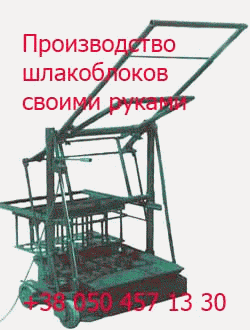Other additives that may be found in starch-based adhesives include preservatives to retard microbial growth, bleaches to remove colored impurities and prevent discoloration of the glue over time, defoamers to prevent foaming during processing, and organic solvents to enhance bonding to waxed surfaces. The most commonly used preservative is formaldehyde, and common bleaches include sodium […]
Архивы рубрики ‘Handbook of Adhesive Technology’
Viscosity Stabilizers
 4 августа, 2015
4 августа, 2015  Malyar
Malyar As mentioned previously, one problem encountered in starch-based adhesives is retro- gradation. Colloid stabilizers such as soaps and sodium chloride are used to retard this tendency. Borax, sodium hydroxide, and several common plasticizers also perform this function to some extent, so viscosity stabilizers may not be necessary if these additives are used for other purposes. […]
Additives to Increase Water Resistance
 4 августа, 2015
4 августа, 2015  Malyar
Malyar Starch-based adhesives used in any application that requires water resistance must contain additives that resist water. Commonly used additives of this type are urea-formaldehyde, melamine-formaldehyde, and resorcinol-formaldehyde precondensates, poly(vinyl alcohol), and poly(vinyl acetate). The greatest water resistance is imparted by the formaldehyde-based precondensates; poly(vinyl alcohol) and poly(vinyl acetate) are used for adhesives that are resistant […]
Plasticizers
 3 августа, 2015
3 августа, 2015  Malyar
Malyar Plasticizers are used to control brittleness of the glue line and to regulate the speed of drying. Commonly used plasticizers act in one of three ways: by forming a solid solution with the dried adhesive, by controlling the moisture in the film, and by lubricating the layers within the dried adhesive. Plasticizers that form a […]
Borax
 3 августа, 2015
3 августа, 2015  Malyar
Malyar Borax (sodium tetraborate) in the presence of small amounts of sodium hydroxide is the most widely used additive to starch-based adhesives. It is commonly used in dextrin adhesives, where it increases the viscosity and acts as a tackifier and viscosity stabilizer. These effects are particularly important in machine application of adhesive to substrate. When used […]
Additives and Formulation Variables
 3 августа, 2015
3 августа, 2015  Malyar
Malyar The formulation of starch and dextrin adhesives can be viewed more as an art than the result of rigorous scientific study. Not surprisingly, the purpose for which the adhesive is to be used and the method by which it will be applied greatly determine the properties needed in the resin. Factors that must be controlled […]
British Gums
 3 августа, 2015
3 августа, 2015  Malyar
Malyar In British gums, the repolymerization reaction is allowed to proceed to the greatest extent. Dry roasting is carried out for 10-24 h at temperatures between 150 and 180°C, and a very small amount of acid catalyst is used. These dextrins tend to be the darkest in color, which ranges from yellow to dark brown. As […]
Yellow Dextrins
 3 августа, 2015
3 августа, 2015  Malyar
Malyar Yellow dextrins are prepared at higher temperatures (135-160°C) and longer roasting times (8-14 h) in the presence of less acid catalyst than are the white dextrins. These conditions promote further repolymerization, yielding a yellow or tan powder with a degree of polymerization between 20 and 50. The yellow dextrins are, for the most part, water […]
White Dextrins
 3 августа, 2015
3 августа, 2015  Malyar
Malyar White dextrins are produced at low temperatures (120-130°C) and roasting times (3-7 h) in the presence of a high concentration of catalyst. The primary reaction that occurs during the formation of white dextrin is hydrolysis of the starch molecules [9]. This reaction initially acts at the 1-6 linkages, and continues with the 1-4 linkages as […]
Dextrins
 3 августа, 2015
3 августа, 2015  Malyar
Malyar Dextrins are the product of dry-roasting starch in the presence of an acid catalyst. Although potato, tapioca, and sago starches are the easiest to convert to dextrins, the low cost and ready availability of cornstarch, make it the most commonly used starch. Dextrins are generally divided into three categories: white dextrins, canary or yellow dextrins, […]
 Опубликовано в рубрике
Опубликовано в рубрике 
